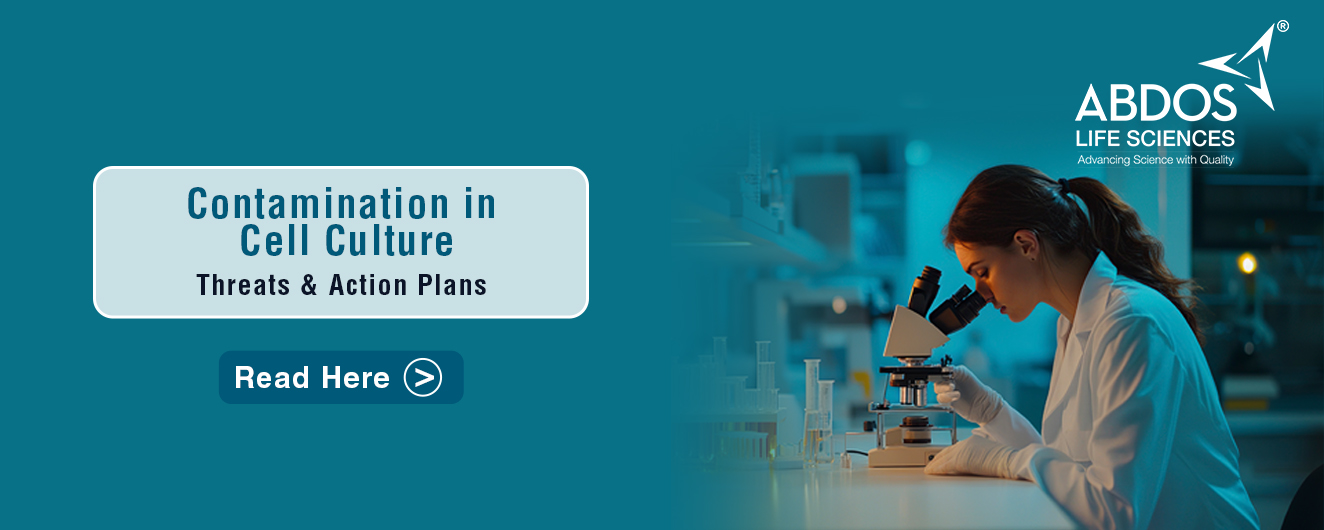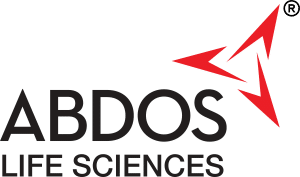
Maintaining sterility is the single most critical element for in-vitro work. Even trace contamination can dramatically alter cellular behaviour and leads the compromising experiments. Both biological and chemical agents might lead to contamination in cell cultures. In most cases, slow cellular growth, change in morphology, fast change of pH in media, and elevated quantities of death or floating cells in the culture are responsible for the contamination. Cell contamination may severely affect their metabolism, growth, and viability, as well as decrease transfection efficiency and threaten the reproducibility of cell-based experiments.
To limit the chance of contamination from biological microorganisms, such as bacteria, fungi, and viruses, it’s crucial to maintain aseptic condition in a cell culture lab
Types of Contamination
Contamination of cell cultures is a serious risk to your samples may be due to chemical and biological agents such as the presence of endotoxins, detergents, or impurities of used media, sera, or other media supplements or from improper aseptic techniques and most often comes from the direct contact of environment in the cell culture areas.
- Many bacterial strains can grow in commonly used media in mammalian cell culture leading to bacterial contamination. Due to their rapid logarithmic growth, the signs of contamination are easily detectable within a few days of the initial contamination and shows faster acidification of medium, also leading to a thin bacterial film appearance on the surface of cell culture vessels and flasks.
- Mycoplasmas are very small (0.2um) bacteria characterized by their lack of a cell wall. Unlike standard bacterial contamination, mycoplasma often grow at a slow rate in infected cultures and can be present with no visible signs of infection such as loss of clarity or change of pH. Due to their slow growth rate, mycoplasma infection may develop for a long time without any signs. Mycoplasma infection often affects cell growth rates, metabolism, and can even lead to chromosome aberrations of samples.
- Like bacterial contamination, yeasts can grow rapidly in mammalian culture media, leading to a loss of medium clarity, albeit at a slower rate. Relatively rapid progression from initial infection to a serious threat, unchanged pH or slightly increases at later stages of the contamination, which can affect the experiments. Many fungi can produce spores capable of surviving for a long time in a dormant state in hostile environments. It is particularly important to decontaminate all working surfaces and incubators to prevent repeated contaminations.
- Viral contaminations are not very common but can potentially pose a serious health threat to cell culture personnel. Viruses are hard to detect because they do not affect cell culture growth and cannot be seen with a brightfield microscope.
- Contamination of cell lines with unrelated cells from the same species (intra-species contamination) or cells from another species (inter-species contamination) is a common and recurrent problem. When the contaminant is a rapidly dividing cell line, it will overgrow and replace the original culture. Unwanted spreading via aerosols or unplugged pipettes, sharing media and reagents among different cell lines causes cross contamination. Also, the misidentification of cell lines could result in misleading and erroneous studies.
Core practices to win over the contamination threats:
Aseptic technique is a set of procedures designed to create a barrier between microorganisms in the environment and the sterile cell culture sample, keeping the cell cultures safe from unwanted microbes, thereby reducing the chances of contamination. While working with cells, biosafety cabinet becomes the safe zone as it shields cells from aerosols and airborne contaminants.
Autoclaving is the most effective and reliable method to sterilize laboratory materials and decontaminate or inactivate biological agents using high-pressure saturated steam at 121 °C (typically for 15–20 minutes).
To decontaminate surfaces and furniture, the most preferred method is chemical disinfection. Its effectiveness depends on choosing the right disinfectant, using the right concentration, giving it enough contact time, and making sure surfaces are free from interfering substances like dust or organic matter.
Finally, exposure to ultraviolet (UV) radiation can effectively destroy most microorganisms. In particular, the UV-C light (100–280 nm) is highly effective in damaging microbial DNA and prevent replication. This method commonly used in biological safety cabinets to reduce surface contamination.
Routine Screening and frequent testing are essential to detect common contaminants such as mycoplasma, bacteria, fungi, and viruses, which may alter growth rates, cell morphology, or media pH without visible signs. Using sensitive detection assays such as PCR, agar-based culture, DAPI staining to identify and eliminate infections before they compromise experiments.
To prevent the entry and spread of mycoplasma, all new cell lines, reagents, sera, and media should be screened prior to use. Incoming materials must be quarantined, culture vessels securely sealed, and cross-use of reagents between cell lines be strictly avoided. If mycoplasma is detected, treat cultures with agents like Plasmocin under controlled conditions for 2 weeks until clear by microscopy or molecular assays.
To conclude, adherence to Good Cell Culture Practice (GCCP) by implementing standardized protocols for sterile techniques, reagent handling, biosafety cabinet use, and culture monitoring, along with regular training of all personnel on contamination risks, proper handling, and documentation procedures is the key to ensuring the reliability, reproducibility, and safety of cell culture-based research and bioproduction processes.
References
